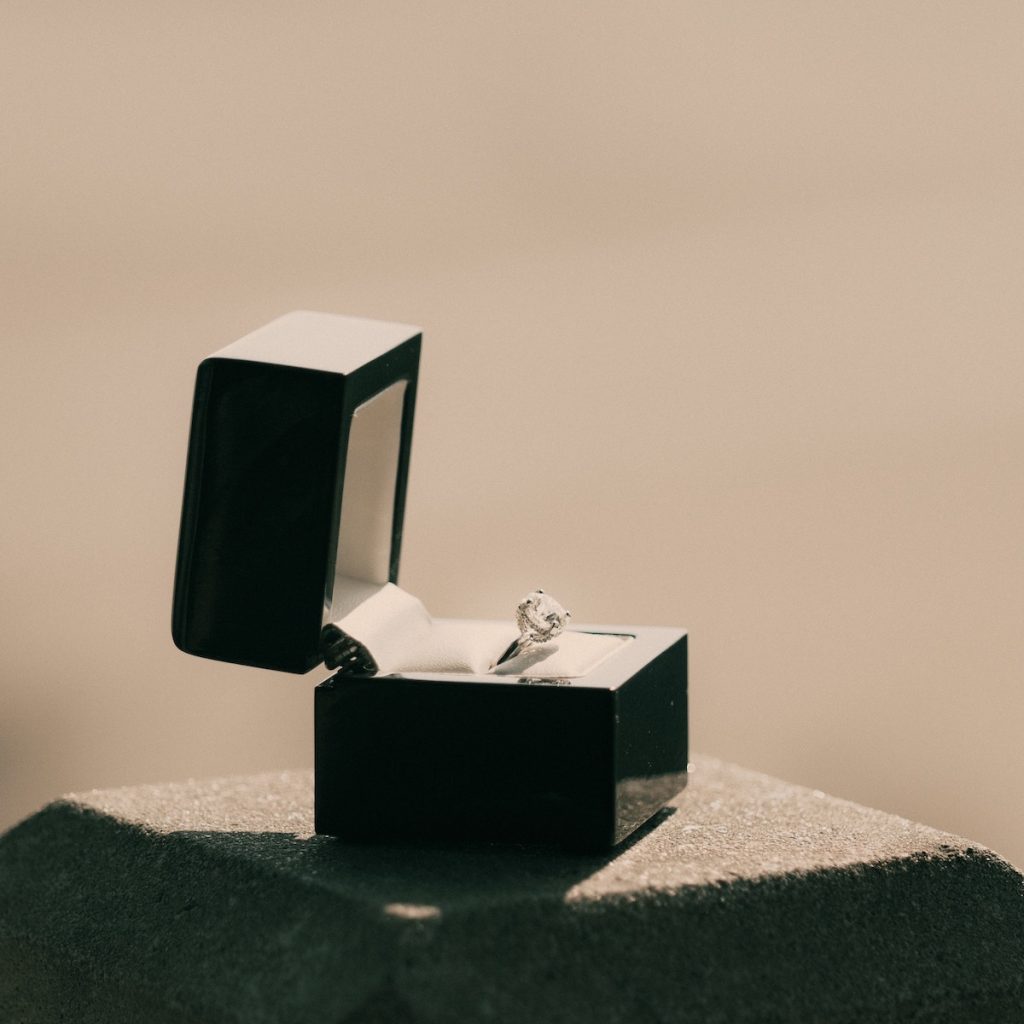Congratulations, you’ve found the one you want to spend the rest of your life with! Now it’s time to pop the big question and seal the deal with a dazzling engagement ring. But hold up, before you go diving into a pool of diamonds, it’s important to figure out how to budget for this significant purchase.
Don’t worry; you needn’t be a financial expert or a gemologist to get this right. In this practical guide, we’ll give you the lowdown on budgeting for an engagement ring so that you can rock your proposal with confidence and style. Let’s dive in!
Deciding Your Overall Budget
Determining your overall budget for the ring is the first step in the engagement ring budgeting process. Look at your finances and calculate how much you can afford to spend on the ring. It’s necessary to be honest with yourself and not stretch beyond your means.
Consider any other upcoming expenses that might impact your budget, such as a wedding or a down payment on a house. Once you have a solid budget, you can select the perfect ring for your partner.
Decide on a Diamond Shape, Size, and Weight
If you want to Create your engagement ring, you should know the diamond. There are multiple things to consider here, it includes choosing the diamond shape, style, cut, and more. Interestingly, many online stores let you design and order your ring from the comfort of your home. Moreover, they can even offer high-quality diamonds at reasonable prices.
The shape of the diamond is a personal preference and can reflect your partner’s personality and style. The most popular diamond shapes include round, princess, cushion, and oval, but there are many others to choose from.
When selecting a diamond shape, consider how it will complement the ring’s setting and band. Additionally, keep in mind the 4Cs of diamonds – carat weight, cut, clarity, and color – which can affect the price and appearance of the diamond.
Don’t Forget About the Additional Costs
When budgeting for an engagement ring, like the custom engagement rings available, it’s important to remember there might be additional costs beyond the ring’s price – a quick look of this jewellery site shows the myriad of different options that are presented to the shopper when they are looking to buy. These costs can include taxes, shipping fees, insurance, and maintenance.
Taxes can add a significant amount to the cost of the ring, so be sure to factor them into your budget. Shipping fees will depend on where you purchase the ring and whether they offer free shipping.
It’s essential to insure the ring to protect your investment and ensure that you can replace it if it’s lost or stolen. Finally, maintenance costs such as resizing, cleaning, and repairing the ring may also arise over time, so consider these when budgeting.
Finalize Your Budget and Purchase the Ring
After considering all the factors, it’s time to finalize your budget and purchase the ring. Make sure to stay within your budget and choose a reputable retailer when making your purchase. If you are having trouble choosing a ring within your budget, you can widen your options by including pre-owned engagement rings. That way, you have a lot of choices for your budget and preferences.
Consider financing options if necessary, but ensure to read the fine print and understand the terms of the agreement. When you finally purchase the ring, double-check that it’s the one you want and that it fits correctly.
Bottom Line
Budgeting for an engagement ring may seem overwhelming, but with careful consideration and planning, it can be a fun and exciting process. Remember to stay within your means, consider all costs, and choose a ring that reflects your partner’s style and personality. Now go out there and pop the question with confidence and flair!





